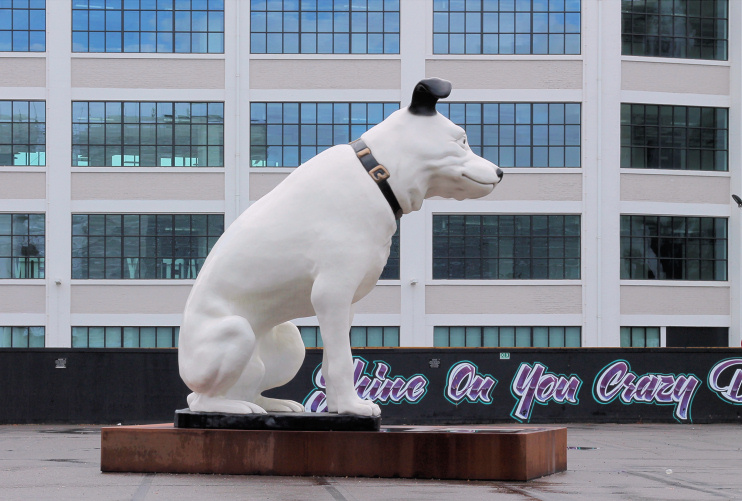Dawley
Dawley, Hillingdon
A little-used name for an industrial and commercial zone in Hayes, situated south of the Grand Union Canal

The manor was listed in Domesday Book as Dallega, a name that may have derived from Old English words meaning ‘woodland clearing at a hollow’ or ‘woodland clearing held in common’.
The statesman and writer Henry St John, Viscount Bolingbroke acquired the 17th-century Dawley House in 1725 and substantially rebuilt it; Dryden, Pope, Swift and Voltaire were among his visitors here.
In 1755 Henry, Earl of Uxbridge, added the manor to his extensive landholdings in the district and built a mile-long wall around Dawley House to keep out smallpox, or rather unwanted visitors who might have been carrying it. A section of the wall has survived to the present day and is locally listed. It now forms part of the boundary of Stockley Park.

Dawley House was demolished in 1776 and its once-beautiful gardens became brickfields. The de Salis family acquired the estate and sold it off little by little over the following 160 years.
The Gramophone Company (later EMI) moved its headquarters to Blyth Road in 1911 and opened a factory and recording studio here. It is said that the company bought all the chickens in the neighbourhood to prevent their cackling being picked up by the recording apparatus.
Between the wars other manufacturers colonised the whole area between the canal and the railway line. By the early 1960s, EMI owned 150 acres of land and employed 14,000 staff. The company progressively withdrew from Dawley, relocating its offices, closing the factory, spinning off its central research laboratories and selling the site to a Far Eastern fund in 1999.
A slow-moving regeneration programme has finally picked up speed recently, having hitherto been constrained by the designation of much of Dawley as a conservation area. In addition to a ‘unique media academy’ and several blocks of apartments, developments have included the conversion of the former EMI factory to offices and the installation of an 18-foot high statue of Nipper, the HMV dog.
Postcode area: Hayes UB3
Further reading: B T White, The History of Dawley (Middlesex), Hayes and Harlington Local History Society, 2001
See also: Harlington and Stockley Park
